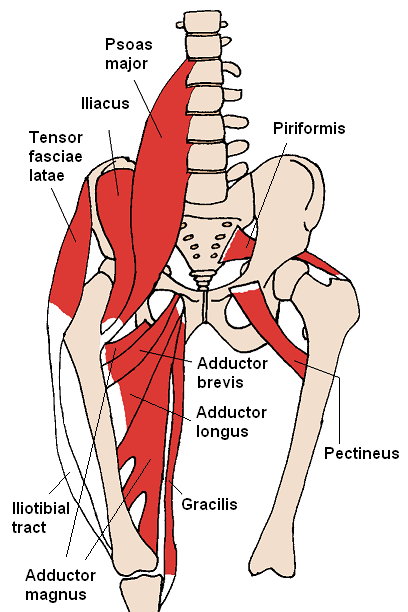Best Exercise in Ever: Band Resisted Standing Hip Flexion
So before diving into the meat and potatoes of todays post, I wanted to let all my European readers know about a little workshop I’ll be putting on in London on March 8-9, 2014. We’ll be going through Post Rehab Essentials, but I’m also going to be including some additional stuff not shown in previous workshops or the video series, so it’s definitely going to be worth your while to attend. Plus it’s London, which is equally as fantastic.
>>>> = Click HERE to learn more and to register <<<< =
Hip dominant training seems to favour hip extension movements more than flexion, and for good reason. Hip extension is one of the hallmarks of athleticism, power production, and a sexeh booteh, which makes training extension dominant patterns a staple for pretty much every training program. Whether it’s glute hip press, squats, lunges, deadlifts, or some other fun thing I can’t think of, extension is where it’s at.
However, as with all things in life, balance is key. Sure you could feasibly work on getting posterior chain work in until you’re blue in the face, but then what happens when you have to bring your hips through flexion? Running involves a cyclical action of extension on one leg with flexion on the other, which produces a degree of torque through the spine and pelvis, essentially winding it up like a spring and allowing for greater force production, efficiency, and rate of return for the next stride to occur so that stride frequency can stay up. No flexion = no bueno.
[embedplusvideo height=”281″ width=”450″ editlink=”http://bit.ly/1cWCad5″ standard=”http://www.youtube.com/v/kmDZKS8p0XE?fs=1″ vars=”ytid=kmDZKS8p0XE&width=450&height=281&start=&stop=&rs=w&hd=0&autoplay=0&react=1&chapters=¬es=” id=”ep3587″ /]
This combined movement – hip flexion paired with contralateral extension – is incredibly powerful, and one people tend to struggle with mightily. Yeah, mightily is a word. Spell check didn’t even pick it up.
Simply wrap an elastic around something that won’t move, make sure you have enough slack to get through the full range of motion without cranking up the resistance to the movement, and drive the knee into an imaginary foes grundle. Huh, weird. Spell check picked up on grundle, but I’m pretty confident if I polled people reading this page, they would immediately know where the grundle was, therefore spell check fails again.
When coaching this movement, it’s important to think of driving the knee to the chest, without bringing the chest to the knee. In otherwords, the spine should stay vertical and straight, without flexing forward to try to tilt the pelvis and squeeze a few more inches out of the movement. Additionally, the leg on the ground should aim to be locked out and straight as possible, with the glute flexed to counter the movement of the hip in flexion. When done right, this movement produces a sick pump through the glute on the stance leg, one that’s tough to replicate with a lot of other exercises mentioned above.
Anatomically, there’s a bunch of muscles producing the movement in this one. The hip flexors is a catch-all name for a couple of muscles, most predominantly featured being the illiacus and psoas, collectively called the illiopsoas. There’s also the rectus femoris, tensor fascia latae, sartorious, and two of the adductors which help out with hip flexion, so giving all the credit to the illiopsoas is like blaming the kicker from the Auburn Alabama game this past weekend. SERIOUSLY THAT WAS A SICK WAY TO END THE GAME!!!!
An additional benefit of this movement is for the core in an anti-extension mode. Since the leg is coming up, the tendency for the lumbar spine will be to move into extension, but if the glute is flexed, the extension should be mitigated nicely with a braced core. There’s also rotational stability involved as this is a unilateral movement, so take that as you will.
Give this one a try and let me know what you think. I daisy-chained two medium resistance elastics together to get the length of stretch and reduced resistance needed to make this feel right and to not overload the end range of motion too much.


14 Responses to Best Exercise in Ever: Band Resisted Standing Hip Flexion